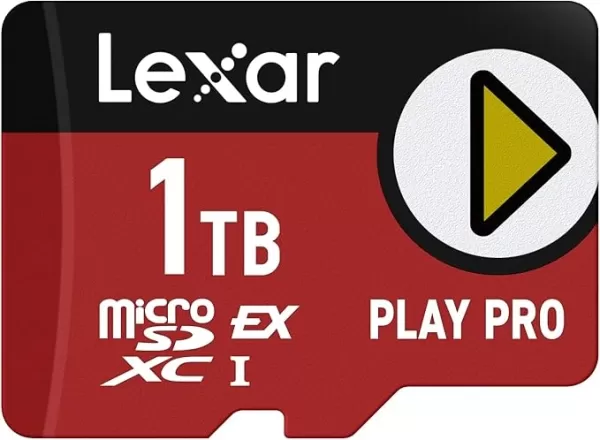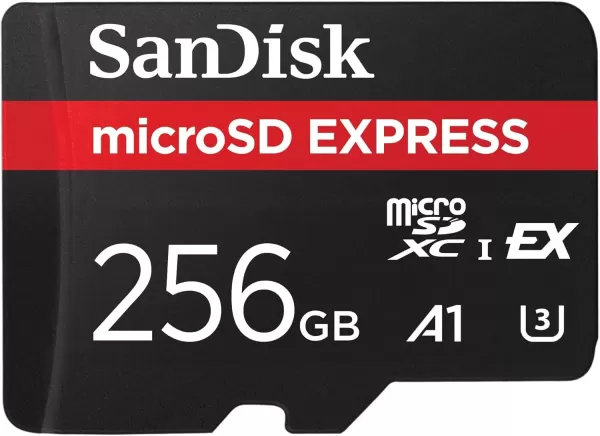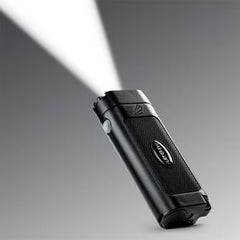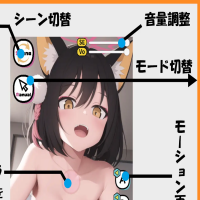Last week, Nintendo unveiled the Nintendo Switch 2, revealing that the console exclusively supports expansion via MicroSD Express cards. While this news might be a headache for those with existing MicroSD collections, it's a smart move due to the superior speed of MicroSD Express technology. These cards interface directly with the device, allowing for read/write speeds that rival the UFS (Universal Flash Storage) of the Switch 2's internal storage. This means games stored on these expansion cards should theoretically load as quickly as those on the internal storage, though at the cost of compatibility with slower, less expensive non-Express MicroSD cards.
MicroSD vs. MicroSD Express
The evolution of MicroSD cards has seen six different speed ratings over the years. Initially, SD cards offered a modest 12.5MB/s, a speed that seems glacial today. Over time, advancements brought us to SD High Speed at 25 MB/s, and eventually to SD UHS III at 312MB/s. However, the game-changer came five years ago with the introduction of the SD Express standard, which significantly boosted speeds.
The key innovation with SD Express is its use of a PCIe 3.1 interface, a leap forward from the slower UHS-I interface used previously. PCIe is the same technology that powers the high-speed NVMe SSDs, unlocking tremendous performance potential. Full-sized SD Express cards can achieve data transfer rates up to 3,940MB/s, a dramatic increase over older SD cards.
While MicroSD Express cards don't match the top speeds of their full-sized counterparts, they still offer impressive performance, reaching up to 985MB/s—three times the speed of the fastest non-Express MicroSD cards.
Why Does the Switch 2 Require MicroSD Express?
Although Nintendo typically keeps its hardware decisions under wraps, the requirement for MicroSD Express cards on the Switch 2 is clearly driven by speed. A game installed on a MicroSD Express card will load significantly faster than one on a traditional UHS-I MicroSD card, thanks to the PCIe 3.1 interface. This move suggests that similar requirements might soon extend to handheld gaming PCs.
The Nintendo Switch 2's internal storage has been upgraded from eMMC to UFS, which aligns well with the speed of MicroSD Express cards. Early demonstrations have shown remarkable improvements in load times, from a 35% reduction when fast traveling (Polygon) to a threefold initial load speed increase (Digital Foundry). These enhancements could be attributed to the faster internal storage, as well as improved CPU and GPU capabilities that process data more efficiently. By requiring MicroSD Express cards, Nintendo ensures that external storage keeps pace with internal storage, preventing bottlenecks in future games that demand rapid disk performance.
Moreover, this requirement paves the way for even faster storage solutions in the future. Currently, the fastest SD standard is the SD 8.0 Specification, allowing full-size SD Express cards to reach speeds up to 3,942MB/s. While MicroSD Express cards are not yet as fast, future advancements could see them approach these speeds, especially if the Nintendo Switch 2 supports such high-speed capabilities.
AnswerSee ResultsMicroSD Express Capacity Options
MicroSD Express cards have been slow to gain traction, but the launch of the Nintendo Switch 2 is expected to change that. Currently, options are limited. For example, Lexar offers a single MicroSD Express card in capacities of 256GB, 512GB, and 1TB, with the 1TB variant priced at $199.

Lexar Play Pro MicroSD Express
0See it at AmazonSanDisk, on the other hand, only lists one MicroSD Express card on its site, with a maximum capacity of 256GB, matching the internal storage of the Switch 2. At the time of the Switch 2's launch, we might not see many MicroSD Express cards with capacities exceeding 512GB. However, this is likely to change as demand grows and companies like Samsung begin to produce higher-capacity memory cards.










